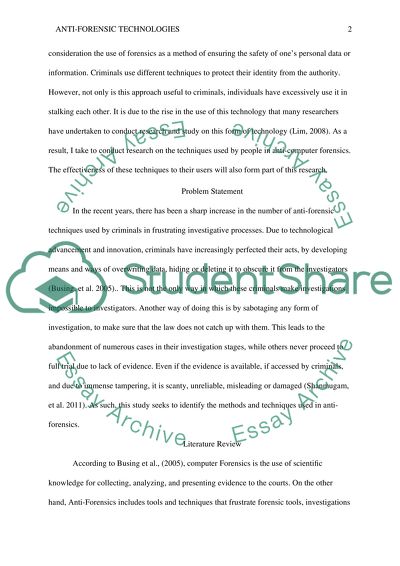Cite this document
(“Anti forensic Essay Example | Topics and Well Written Essays - 2500 words”, n.d.)
Retrieved from https://studentshare.org/information-technology/1486252-anti-forensic
Retrieved from https://studentshare.org/information-technology/1486252-anti-forensic
(Anti Forensic Essay Example | Topics and Well Written Essays - 2500 Words)
https://studentshare.org/information-technology/1486252-anti-forensic.
https://studentshare.org/information-technology/1486252-anti-forensic.
“Anti Forensic Essay Example | Topics and Well Written Essays - 2500 Words”, n.d. https://studentshare.org/information-technology/1486252-anti-forensic.


